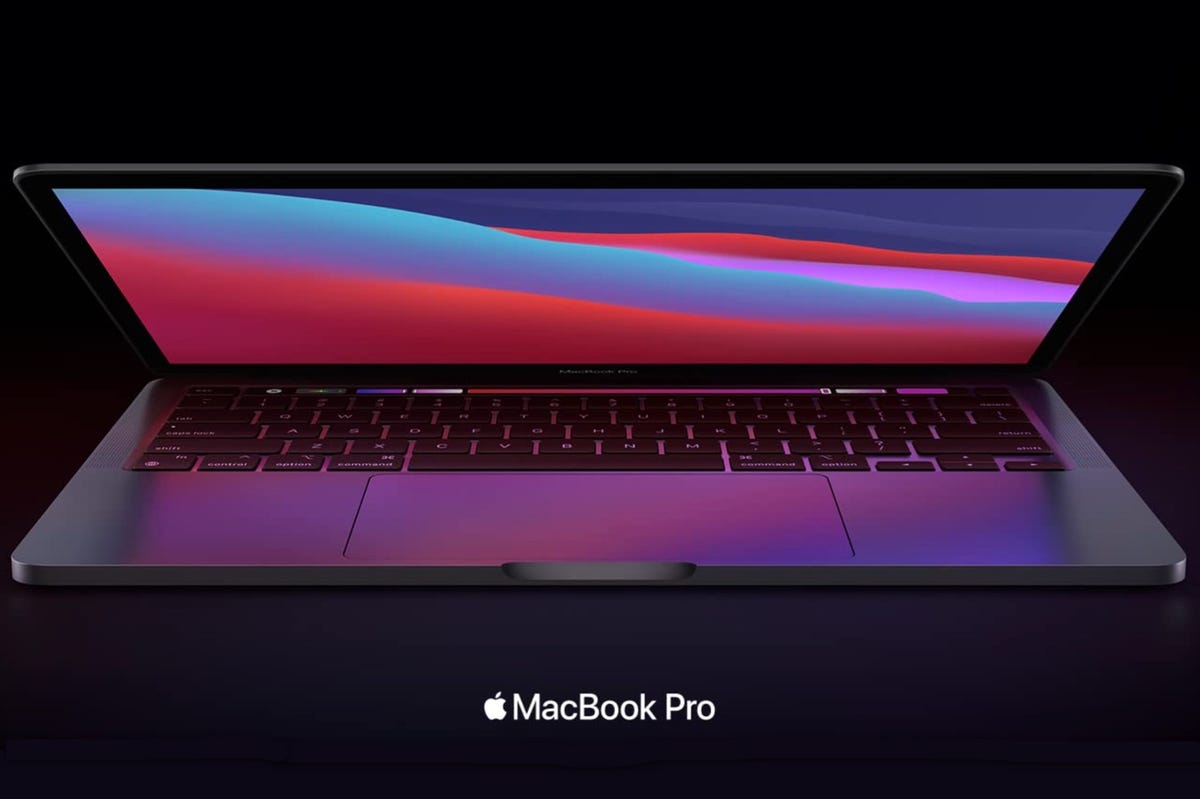
An Apple executive said something extraordinary. You may think about this for days

You open it and instantly slide your fingers onto the keyboard to search for Touch ID, right?
I’ve generally come to terms with what Apple is and what it isn’t.
more Technically Incorrect
It isn’t the rebel company of years gone by. It is still a company that can create products people like and even occasionally love.
Personally, I’m stunned how many adore their AirPods.
Look, I’m just warming up here because an Apple executive uttered something that has bothered me for days and forced me to reconsider my view of life and the physical world.
Many have already tortured themselves about the notch that’s appeared on Apple’s new MacBook Pros.
This is a very visible notch, one that allegedly isn’t there to accommodate Face ID.
Perhaps, like me, you believe that these laptops were supposed to have Face ID and some unexpected snafu caused it not to be.
Enter Tom Boger, Apple’s vice president of Mac and iPad product marketing.
Chatting to the Wall Street Journal, Boger had a definitive explanation for why the new MacBooks don’t have Face ID, relying instead on Touch ID.
To quote the Journal: “Mr. Boger said Touch ID is more convenient on a laptop since your hands are already on the keyboard.”
I suspect some may have heard that and simply nodded before they considered what had actually been said. (Or before they opened their own Windows laptops that enjoy Face Recognition login.)
In principle, Face ID is supposed to obviate the need to touch your keyboard. The idea is that you simply look at the screen and, with consummate abracadabra, the device opens.
It’s as if you knock on someone’s door and they instantly recognize it’s not Domino’s Pizza.
Perhaps you treat your MacBook differently from others. In my case, the first thing I do is open it. The motion of my hand moving the lid toward the top means that, more often than not, the first thing I look at is the screen.
Sometimes, I’ve left something on it. Sometimes, I’ve sent everything to sleep.
Couldn’t a Face ID camera in the notch immediately pick up my facial features, seconds before I touch the keyboard?
Just as, even in the dark, my iPhone 12 seems to open even when I have one eye closed and half my head buried in a pillow.
I have nothing against Touch ID. It works perfectly well. But the more I thought about Boger’s words, the more confused I became. (Yes, this sometimes happens the more I think about most things in this world, but still.)
You see, the first part of me that begins to operate my phone isn’t my face, but my hands. Wouldn’t it be logical – if you follow Boger’s thought-process – for Touch ID to actually be more convenient on an iPhone than on a MacBook?
You could feel for the Touch ID sensor without even opening your eyes.
Instead, in order to open my iPhone, I have to either tap it and type in a passcode or swipe up and work to position my face toward the screen.
There may, of course, be something I’m not comprehending here. But I’m riven with the fear that Boger may not be making as much inspirational sense as one might wish.
Please, there may be many very good reasons why these MacBooks have a notch, but no Face ID. Some of them may even be attached to the truth.
But to suggest Touch ID is preferable on a MacBook because your hands are already on the keyboard seems so far removed from what one might call user experience.
Perhaps Boger was talking about some distant metaverse, but his logic does smack somewhat of “you’re holding it wrong.”
Or, as an Apple Genius once told me: “You’re charging your iPhone wrong.”
Ah, those marketing people. Sometimes, they’re really full of it.





